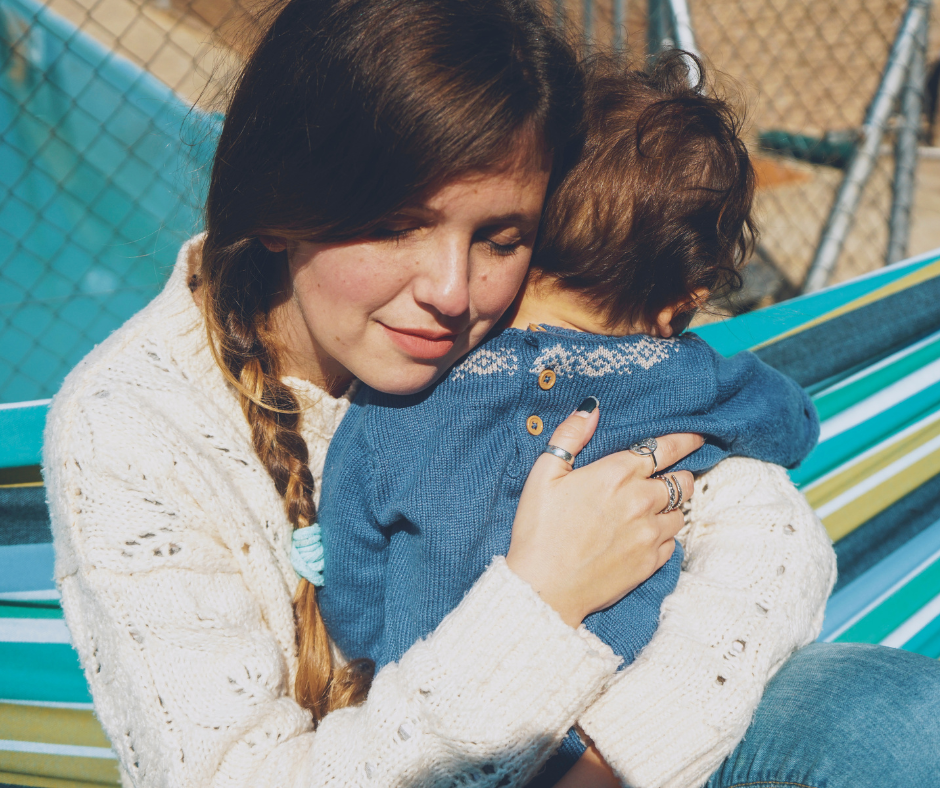By now we’ve all heard of mindfulness but why is it good for kids? Just to be sure we all have the same idea of what mindfulness is, here is my working definition. In the simplest terms, mindfulness is a state of acceptance in the present moment. Kids are naturals when it comes to mindfulness and if we encourage regular practice, they will retain this invaluable skill for a lifetime!
Why Mindfulness is Good for Kids
Mindfulness helps us manage difficult emotions, which leads to prosocial behaviors, academic success, and increased self-confidence just to name a few benefits! Typically, an emotion lasts for approximately 90 seconds. Learning to be curious about how we feel, be with the feeling, especially when it is an uncomfortable feeling like embarrassment or anger, is mindfulness. Mindfulness can help us learn to let those emotions pass through us instead of unintentionally making the feelings last longer and or letting them grow into beliefs or behaviors.
Ways to Practice Mindfulness with Your Kids
- When a big emotion starts, your kiddo might be able to identify what part of their body they feel it in the strongest. Anger might be felt in their face or their hands and feet, sadness might be felt near their heart, worry might be in their stomach! Help your kiddo get curious about where they feel the big emotion. It is important to remember that no emotion is good or bad, they are messages from the body that help us make choices for ourselves.
- Encourage your kiddo to touch the part of their body that feels the big emotion, then encourage them to describe the feeling in their body (maybe it feels hot or rough or swirly), or they can simply say “ouch” in recognition of the feeling being uncomfortable. Lastly, encourage your kiddo to give themselves reassurance or a pep talk. Something like, “it’s okay to feel this way sometimes” or “I will feel better soon” are a few examples to offer.
- A lot of mindfulness practices use the breath because it is always with you wherever you go! This one also uses touch and sight to capture your kiddos attention in more than one way. Encourage your child to spread one hand out wide and use their opposite hand to trace up their thumb as they breathe in as they reach the tip and then exhale as they trace down the thumb between the first finger, another inhale as they trace up the first finger, and again exhale as they move down the first finger, continuing with inhales and exhales until reaching their pinky finger. They can, of course, start again and keep going until your kiddo feels ready to move on.
One of Our Favorites: The Three-Breath Hug
- One last mindfulness exercise is called the Three-Breath Hug (Moralis, Breath Mama Breath, 2017) and it is one of my favorites because it is a shared experience between you and your kiddo. When a moment is particularly frustrating or stressful (like trying to get out of the door in the morning, no one can find the left shoe, the zipper is stuck on your kiddos jacket, and you can feel the pressure of time and the stress of it all!) Our stress can fuel our kiddos’ stress and vice versa. When that moment hits, take refuge in the 3-breath hug. Especially when you feel like you don’t have the time to spare, take a moment and ask your kiddo if they would like a hug. Pause everything around you and share a moment of reset and calm.
- Sync your breath with your child’s breath for 3 breaths. Giving all of your attention to how it feels to be connected in this moment, allowing everything else to fall away for those precious few moments. You may be surprised how much more smoothly your morning goes after a reset like this!
If you’d like additional resources for your kiddos on mindfulness, email navigation@familyfutures.net or contact us on our website. To learn more about The Body Mind Being Institute, click here: https://bodymindbeinginstitute.org/
